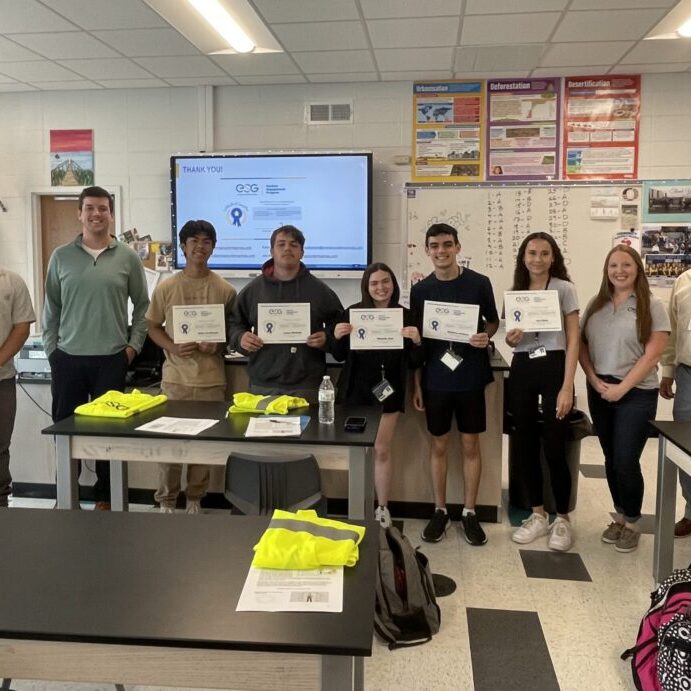By Dave Jones, Energy Systems Group Sales Manager, Sustainable Infrastructure
A growing number of utility managers and influencers in the wastewater sector are transitioning to an operating model that mirrors private industry. One of the leading reasons for this shift is the fact that major infrastructure has not received the investment needed to keep pace with a changing economy and environment, let alone innovations in technology. To bridge the gap between their current operations and this new model, utilities are frequently turning to progressive design-build.
Businesses, due to their configuration and risk management structure, utilize comparative analysis and modeling to promote decision-making that maximizes ROI expectations. These same businesses look to the market to help manage the future to achieve these ROI expectations. As utilities become more business focused, they are engaging the progressive design-build method to access this market-based expertise that is at the core of what makes a business a business.
Progressive design-build, a form of collaborative project delivery, is by its nature a catalyst. It allows utility managers to select business partners that advance and balance the mission-critical requirements of the evolving water resource recovery facilities (WRRF). These partners are able to look at the changing markets to evaluate revenue and savings opportunities beyond preconceived or traditional municipal boundaries. But this relationship can go much further. Some business partners will offer competitive analysis of the market and provide competitive alternatives that ensure an achievable ROI. Moreover, the more advanced partners will even manage the utility’s risk by guaranteeing the expected result.
The progressive design-build model allows utility professionals to assemble the best team for each project, as it is a naturally collaborative model that brings together companies with a variety of dedicated specialties. Further, the model allows for the inclusion of alternative financing options, including public-private partnerships (P3), as well as the ability to drive new revenue options through the monetization of existing assets, thereby enhancing ROI beyond traditional solicitation types. Examples of this include the revenue and savings associated with the receiving of high-strength organic waste, biosolids management, monetizing renewable energy, energy resiliency, net zero operations, and operation services, which apply practical and applied experience in supporting these initiatives.
Because of its unique ability to connect utilities to markets and its other benefits, progressive design-build and other collaborative project delivery models will become the predominant approach for water resource recovery facilities in the future as evolving trends force them to operate as a business.
https://waterdesignbuild.com/operating-the-water-resource-recovery-facility-its-a-business/



